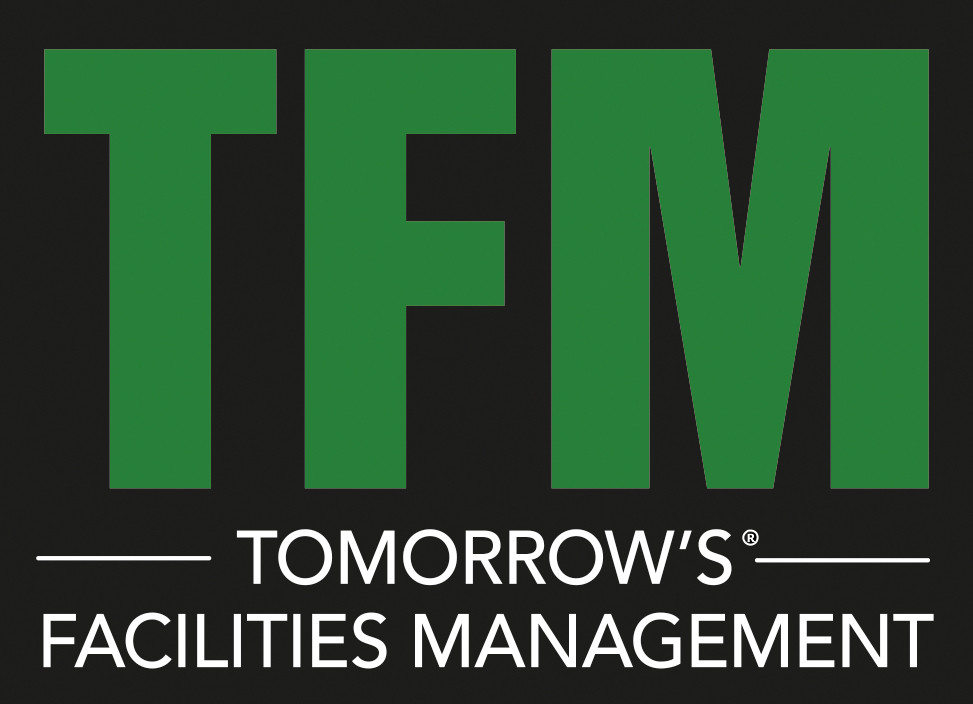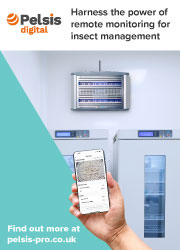Implementing AI-powered leak detection solutions today helps facilities meet tomorrow’s challenges associated with water waste and damage, explains Yaron Dycian, Chief Product & Strategy Officer at WINT Water Intelligence.
Effective water management becomes crucial for facilities management, particularly in operational buildings post-construction. Unmonitored or poorly managed water systems can cause considerable damage, leading to high costs for property damage, emergency repairs, business disruption, customer inconvenience, increased insurance premiums and deductibles. Implementing advanced water management solutions can help facilities avoid these pitfalls while optimising business operations and achieving sustainability goals.
Forward-thinking organisations around the world increasingly recognise the financial and environmental impact of our current water infrastructure. These companies are rapidly adopting innovative technology powered by artificial intelligence (AI) and the Internet of Things (IoT) to assist with reducing waste, mitigating their carbon impact, and overall saving operational costs.
Maintaining a reliable water system in large commercial facilities consumes substantial energy. Many facilities operators, however, fail to properly monitor their water systems, leading to significant waste. In fact, up to 25% of water in buildings is lost due to leaks, human error, and malfunctioning equipment. Reducing this waste presents a major opportunity for organisations to save time and money while cutting their associated carbon emissions.
WINT Water Intelligence , a specialist water management solution provider, leverages artificial intelligence and machine learning to detect leaks, high water flow, and waste, providing real-time data to help users make informed decisions. An IoT-connected edge device monitors water flow, learns and analyses water consumption to identify normal patterns and determine anomalies. Once an anomaly is detected, it triggers an alert and can automatically shut-off the water supply at the source (according to policies) to eliminate potential damage.
These modern systems can prevent water damage by notifying building operators immediately, empowering them to act swiftly even if the building is unattended or maintenance staff is remote. With AI-powered solutions like these, facilities management teams can proactively mitigate all types of water events.
Microsoft’s 46,000-square-metre new campus offers notable evidence to the impact of these solutions. While Microsoft’s ongoing global mission is to reduce its carbon footprint, the company also faced the challenge of protecting a cutting-edge R&D facility from the risk of potential water damage. Deploying WINT systems throughout the LEED-Gold certified structure, Microsoft saw immediate operational and environmental benefits within the first 12 months of operation:
- Cut eight million gallons of water waste and 350 cubic tons of carbon emissions.
- Reduced water consumption rates by 46%.
- Saved hundreds of thousands of dollars in excess water bills.
One day for example, Microsoft got alerted on an abnormal water flow incident within the campus. At first, the site managers attempted to locate the root cause by themselves unsuccessfully, consequently the high abnormal flow (approx. 70 cu m/hr.) persisted overnight. Next day, WINT pointed them to an obscured defective Cooling Tower float that has been identified. The water incident was fixed within less than 24 hours. Without the accuracy of an AI-based leak detection, a malfunction such as that would have been undetected for weeks at least, with a huge flow of water waste.
Ultimately, selecting the right water management solution is mission-critical for every organization. WINT Water Intelligence helps the world’s leading businesses execute their environmental, social, and governance (ESG) policies, playing a pivotal role in reducing carbon footprints and empowering operational teams to adopt an environmentally friendly approach. By preventing water damage and cutting maintenance costs, you can not only safeguard facilities but also enhances their financial health.
For more information on how to harness AI-Powered Water Management throughout the building lifecycle, click here .



































